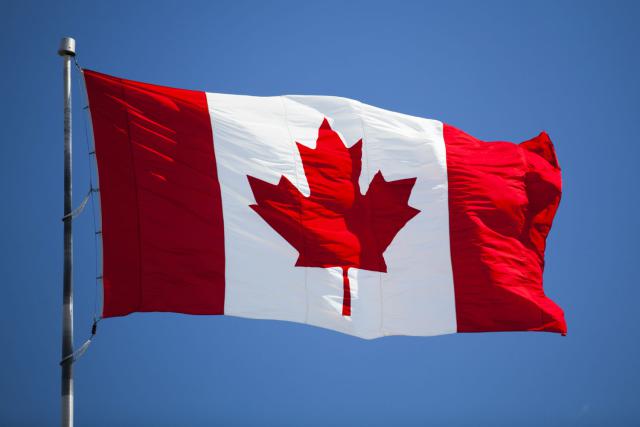In 2015, Canada released a Notice of Proposed Amendment (“NPA”), proposing a new risk-based regulatory framework for small unmanned aircraft systems (“sUAS”) that weigh less than 55 pounds (25 kg) and are operated within visual line-of-sight (“VLOS”). Although Canada and the U.S. have engaged to coordinate UAS activities and committed to establishing a mechanism to share experiences to align regulatory approaches (to the extent practical), the NPA sets forth a more complex framework for sUAS operations at various risk levels and may offer more flexibility to commercial users. The final rules are expected to be released this year.
Currently, Canada regulates non-recreational sUAS operations through exemptions to Canadian Aviation Regulations’ Special Flight Operation Certificates (“SFOC”) requirements. All exemptions expire on December 21, 2016. Recognizing the economic and research potential, as well as the safety and privacy issues of sUAS operations, Transport Canada’s Canadian Aviation Regulations Advisory Council (“CARAC”) proposed rules for all sUAS operations within VLOS regardless of the purpose of the operation (i.e., recreational or non-recreational). UAS operations not be covered by the proposed rules will still need an SFOC or an applicable exemption to operate.
The NPA proposes regulating sUAS in three operational categories depending on the risk involved: (1) complex operations; (2) limited operations; and (3) very small UAS operations.
Complex Operations. With the highest risk, “Complex Operations” – operations in built-up areas and close to airports – would require the following:
- For operators – registration with Transport Canada (“TC”), an adequate management organization, flight supervision, pilot training programs, security procedures, maintenance control systems, operations manuals, and standard operating procedures.
- For sUAS – registration and marking, as well as compliance with design standards in flight performance, structure, design and construction, propulsion, systems and equipment (i.e., navigation), sense-and-avoid systems, launch and recovery systems, payloads, and manuals and documentation. The proposed rules would not require type certificates, production approvals, or flight authority.
- For pilots – a permit and compliance with age, medical, knowledge, experience, and skill requirements.
- For operations – VLOS through unaided vision, giving way to manned aircraft, prohibited operation in certain classes of airspace, coordination with air traffic control, visual observer(s), liability insurance, aircraft lighting for night operations, permission from the property owners of the takeoff and recovery location, maintaining an altitude of less than 400 feet, and compliance with minimum lateral distance requirements.
Limited Operations. For operations in geographic locations with less risk (“Limited Operations”), TC is examining similar rules to Complex Operations, but TC would not require a pilot’s permit and medical certification. The operations would be further limited to daytime only, a maximum of 87 knots, certain classes of airspace, 5nm away from built-up areas, a certain distance from aerodromes (e.g., 5nm or 11nm), and a maximum altitude of 300 feet.
Very Small UAS. For very small UAS operations, the operators would still need to meet certain characteristics (e.g., control and supervision, training, security, maintenance, manuals, and procedures) that are commensurate with the operation and operator’s organization. TC is also considering pilot knowledge-based testing requirements and operating limitations similar to those for Limited Operations, but very small UAS operators would be able to operate within 5nm of built-up areas and would not need insurance.
Model Aircraft. CARAC also requested comments on a “carve-out” for recreational operators of UAS, and is considering two options for categorizing “model aircraft”:
- A person operating as an aeromodelling organization member (e.g., a Model Aeronautics Association of Canada member) who follows the organization’s guidelines would be exempt from the rules; or
- TC would not consider sUAS with camera payloads (excluding first person view devices) to be model aircraft and would be subject to the proposed rules.
Compared to U.S.-Proposed Rules. The differences between Canada’s proposed approach and the ongoing U.S. proposed rulemaking are easily recognizable. At this point, the U.S. has proposed a one-size fits all approach to sUAS operators and operations that pose the least amount of risk, but has created a committee to develop recommendations for new rules to govern “micro” UAS under 4.4 pounds. On the other hand, Canada proposes different regulations for sUAS operations that have varying levels of risk. In addition, the U.S. has not proposed rules permitting operations at night (permitted under TC’s Complex Operations rules), design standards for UAS (proposed for TC’s Complex and Limited Operations rules), or pilot permitting or medical certificate requirements. However, the U.S. proposed rules do not apply to recreationally used sUAS, which are already governed by FAA policies.
Source: JD Supra

